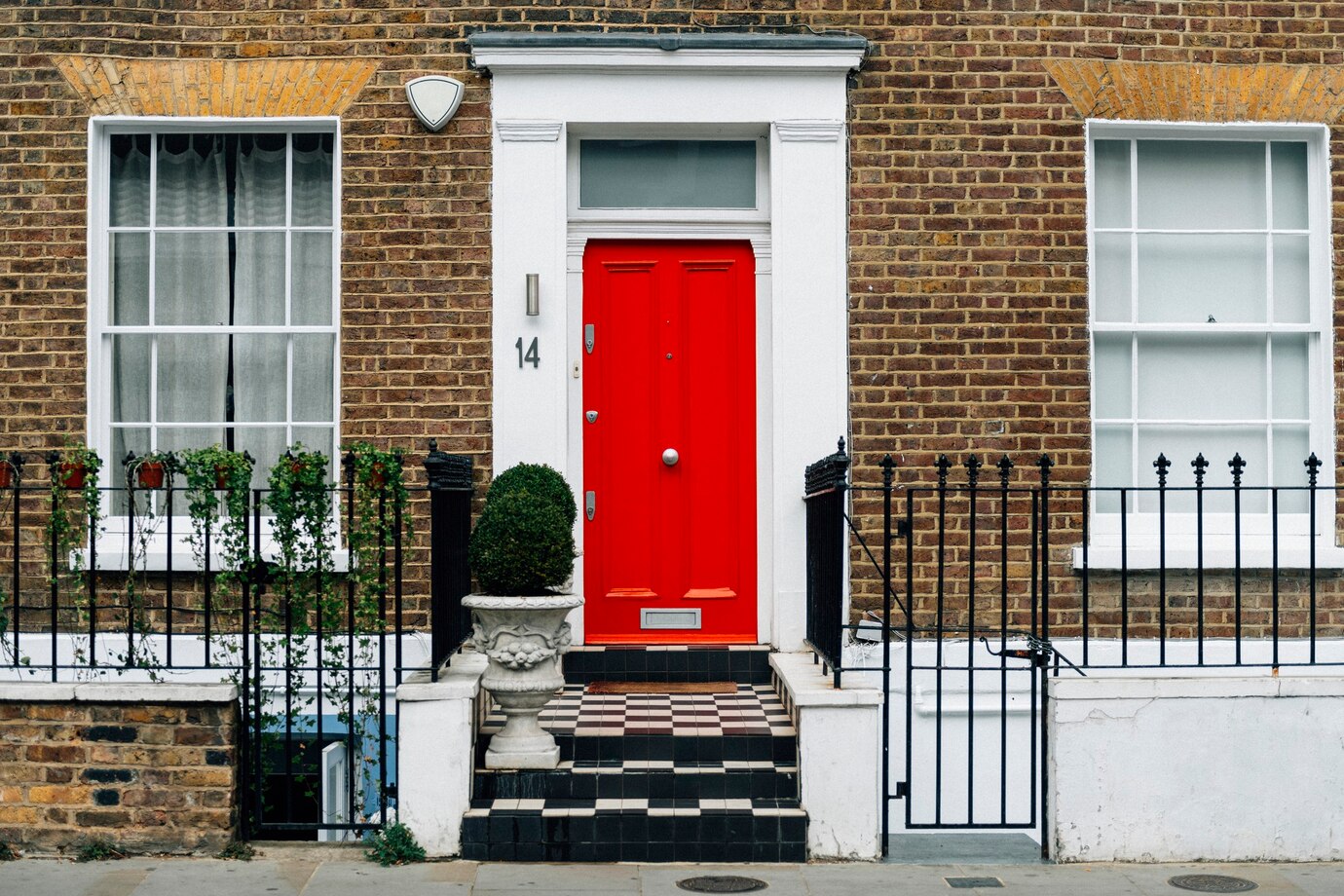Your home is more than just a place to live; it’s a sanctuary, a haven of security and comfort for you and your loved ones. Protecting your home against unforeseen events and risks is paramount, and that’s where home insurance comes into play. However, with various coverage options and policy features available, navigating the world of home insurance can be overwhelming. In this comprehensive guide, we’ll explore the different types of home insurance products, coverage options, and factors to consider when selecting the right policy for your needs.
1. Types of Home Insurance Policies:
-
HO-1 Basic Form Policy: Provides coverage for a limited number of perils, such as fire, theft, vandalism, and certain natural disasters.
-
HO-2 Broad Form Policy: Offers broader coverage than HO-1, including additional perils like falling objects, weight of ice or snow, and accidental water damage.
-
HO-3 Special Form Policy: The most common type of home insurance policy, offering comprehensive coverage for the structure of your home against all perils except those specifically excluded in the policy.
-
HO-4 Renter’s Insurance: Designed for renters, providing coverage for personal belongings, liability protection, and additional living expenses in the event of a covered loss.
-
HO-5 Comprehensive Form Policy: Offers broader coverage than HO-3, including coverage for personal belongings on an open perils basis, meaning all risks are covered unless specifically excluded.
-
HO-6 Condo Insurance: Tailored for condominium owners, providing coverage for personal belongings, liability protection, and structural coverage for improvements made to the unit.
2. Coverage Options and Add-Ons:
-
Dwelling Coverage: Protects the structure of your home, including walls, roof, foundation, and attached structures like garages and decks.
-
Personal Property Coverage: Covers your personal belongings, such as furniture, clothing, electronics, and appliances, against theft, damage, or loss.
-
Liability Protection: Provides financial protection against lawsuits for bodily injury or property damage caused by you or your family members.
-
Additional Living Expenses (ALE): Covers the cost of temporary housing and living expenses if your home becomes uninhabitable due to a covered loss.
-
Flood Insurance: Offers coverage for flood-related damage to your home and belongings, as standard home insurance policies typically exclude coverage for floods.
3. Factors to Consider When Choosing Coverage:
-
Home Value: Consider the replacement cost of your home when determining the amount of dwelling coverage you need.
-
Location: Take into account the risk factors associated with your location, such as proximity to flood zones, wildfire-prone areas, or areas with high crime rates.
-
Personal Belongings: Assess the value of your personal belongings and select adequate coverage limits to protect against theft, damage, or loss.
-
Budget: Determine how much you can afford to pay for insurance premiums and select coverage options that provide adequate protection within your budget.
Home insurance is a crucial component of protecting your most valuable asset and providing financial security for you and your family. By understanding the different types of home insurance policies, coverage options, and factors to consider when selecting coverage, you can make informed decisions to ensure comprehensive protection for your home and belongings. Whether you’re a homeowner, renter, or condo owner, exploring your options and selecting the right home insurance policy will give you peace of mind knowing that your home is well-protected against unforeseen events and risks.

